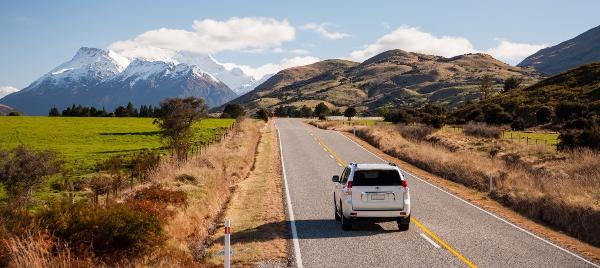AS THE current cold snap jolts Queenslanders into winter mode, RACQ is reminding motorists that the shorter, darker days call for greater care on the roads.
RACQ’s Russell Manning said motorists should be mindful of remaining visible to pedestrians, cyclists and other motorists, particularly during increasingly dark drives home from work.
“After months of long, sunny days, it can be easy to forget how quickly it gets dark during winter,” Mr Manning said.
“It’s important to adapt your driving habits to compensate,” he said.
Mr Manning said maintaining visibility, both for the driver and other road users, was key to staying safe on winter roads.
“Flick on your headlights earlier rather than later, but remember to turn them off again when you park to avoid the inconvenience of a flat battery,” he said.
“Fog lights can be used in foggy weather, but make sure you turn them off as soon as the fog clears, as it’s illegal to use these lights in clear conditions and you can incur a fine. It’s also discourteous to other road users,” he said.
Mr Manning said the best way to defrost the inside of a misty windscreen on chilly mornings was to turn on both the windscreen demister and the air conditioner.
“Air conditioners de-humidify the air and will clear a fogged windscreen much faster than the heated windscreen demister alone,” he said.
“Never use hot water to clear an iced-over windscreen, as you risk cracking the glass.”
Mr Manning said motorists should park their car under cover whenever possible as this helped prevent the windscreen from frosting over and, by keeping the car a bit warmer, reduced the load on the battery and electrical system.
“Bear in mind that if you live in a place that experiences extreme temperatures, these fluctuations may prove detrimental to your battery, particularly if it is weak or nearing the end of its life.”
Mr Manning said “warming up” modern engines was not necessary and wasted fuel. Instead, after starting the engine, motorists should idle their car for a few seconds until it ran smoothly and then drive gently for the first few kilometres until the car reached operating temperature.
“If you’re in an area where the temperature drops below freezing, make sure you have an appropriate anti-freeze in your engine. Otherwise the coolant in the engine will freeze, destroying your engine,” he said.
“By taking extra care on the roads and ensuring your car is serviced and prepped for the winter months, you can save yourself and others a lot of inconvenience while doing your bit to make the roads safer,” he said.
Get the latest news to your email inbox FREE!
REGISTER





